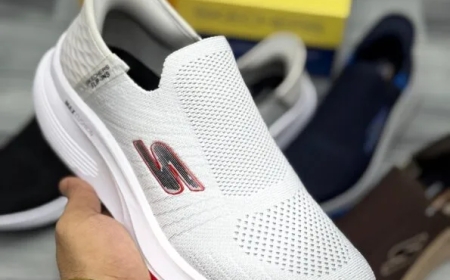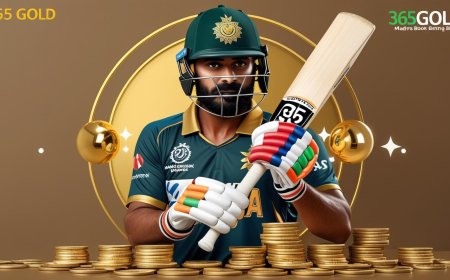Football Club Internal Conflicts: A Deep Dive into Power Struggles and Friction
Internal conflicts within football clubs often stem from power struggles, clashing egos, poor results, or financial disagreements. These disputes can destabilize a team, affect player performance, and even damage a club's long-term reputation. This article explores the causes, types, and consequences of internal conflicts in football clubs and how they shape the dynamics on and off the pitch
Football, often described as the beautiful game, is filled with passion, pride, and ambition. However, behind the scenes of many clubs, football club internal conflictsfrequently emergecasting shadows over sporting success. These conflicts are not just limited to on-pitch disagreements but often involve boardroom politics, managerial disputes, dressing room divides, and owner interference.
Causes of Internal Conflicts
-
Boardroom Power Struggles:
A common source of conflict is disagreement between club owners, board members, or directors. Clashes over transfer policies, long-term strategy, or managerial appointments can create division at the top, leading to instability throughout the club. -
Manager vs. Board:
Managers are often caught in the middle when the board does not back them financially or interferes with tactical decisions. Famous examples include friction between managers and sporting directors or owners, resulting in resignations or sackings. -
Dressing Room Disputes:
Player egos, lack of team cohesion, or favoritism can lead to unrest within the squad. When senior players disagree with management or teammates, it often spills over into poor performances and dressing room leaks to the media. -
Fan Backlash and Protests:
In situations where fans disagree with the clubs direction, protests may arise. These can be targeted at ownership, lack of ambition, or controversial decisionsadding external pressure to internal issues. -
Financial Mismanagement:
Misuse of club funds or lack of transparency can lead to mistrust among stakeholders and fans, fueling internal friction.
Notable Examples in Football History
-
Barcelona (2020): Lionel Messis desire to leave the club highlighted deeper issues with the board under then-president Josep Bartomeu.
-
Manchester United (Post-Ferguson Era): Ongoing disputes over ownership (Glazers), managerial changes, and fan unrest have highlighted internal chaos.
-
Chelsea (under Roman Abramovich): Despite success, managerial turnover showed consistent internal pressure and short-term expectations.
Consequences of Internal Conflicts
-
Decline in Performance: On-field results often suffer when off-field issues dominate headlines.
-
Loss of Key Personnel: Clubs may lose valuable players or staff unwilling to work in a toxic environment.
-
Damaged Reputation: Repeated internal disputes can tarnish a clubs brand globally, affecting sponsorships and recruitment.
Resolving Internal Disputes
Clubs that overcome internal conflicts typically have:
-
Clear leadership structures
-
Defined roles and responsibilities
-
Transparent communication channels
-
Long-term sporting visions
Final Thoughts
Football club internal conflicts are inevitable in such high-stakes environments, but how clubs manage them determines their sustainability and success. Transparency, leadership stability, and unity between all departments are essential for long-term success.






















